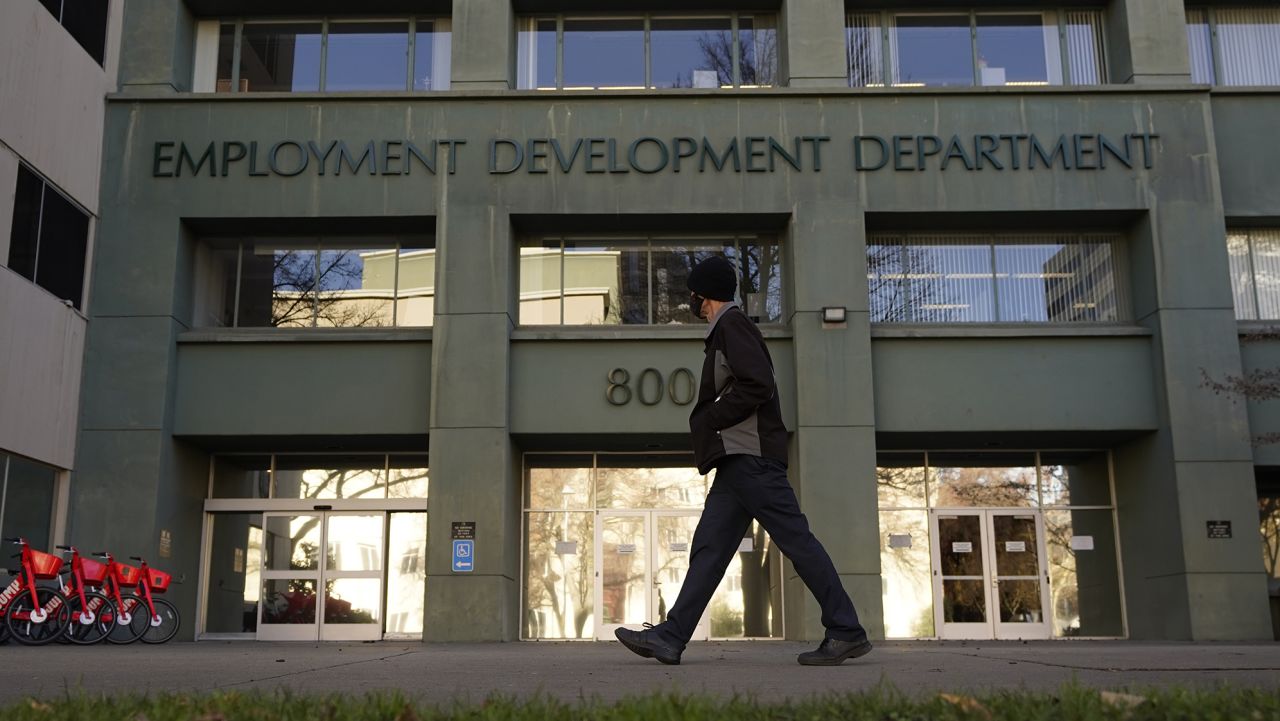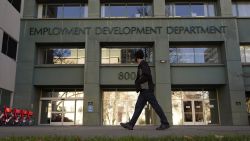Editor’s Note: Elise Gould is a senior economist at the Economic Policy Institute. Heidi Shierholz is president at the Economic Policy Institute and former chief economist at the U.S. Department of Labor. The opinions expressed in this commentary are their own.

When the coronavirus pandemic shut down businesses across the US in spring 2020, the labor market lost 22 million jobs in just two months — more than twice as many jobs lost during the entire Great Recession and financial crisis of 2008-2009. Given that a full labor market recovery from the Great Recession took a decade, there were sincere worries that Covid-19’s economic wound could take even longer to heal. But because we undertook a radically different — and better — policy response to the latest crisis, the labor market is far healthier today than anybody expected it would be in those grim early days of the pandemic.
Over the last 12 months, the economy has added 6.6 million jobs, an astonishing pace. And while there is still a significant gap in the labor market, we are on track to return to pre-pandemic labor market conditions before the end of 2022 — a recovery that is roughly eight years faster than the recovery from the Great Recession, according to our own calculations. And that’s because, unlike in the aftermath of the Great Recession, Congress did what was needed to spur a strong recovery this time around. We would have millions fewer jobs today if Congress had not enacted the Covid relief and recovery measures it did. And these policies have not only made the recovery faster overall, but particularly so for historically disadvantaged groups.
In 2020, Congress acted quickly and decisively to help workers and their families, businesses and state and local governments on the front lines of the public health crisis. The first law passed in early March provided emergency funding for the public health response and vaccine research. Shortly thereafter, Congress passed well over $2 trillion in legislation that expanded unemployment insurance, delivered direct payments to households, and provided support to businesses, governments and health care providers.
At the end of 2020, Congress passed legislation that provided an additional $900 billion in Covid relief. This bill alone — which is sometimes forgotten among other pandemic legislation — was larger than the American Recovery and Reinvestment Act (ARRA) of 2009, the clear centerpiece of the fiscal response to the Great Recession. And following the significant relief packages of 2020, the American Rescue Plan in March 2021 provided an additional $1.9 trillion in federal relief in the form of additional direct payments and aid to state and local governments, among other fiscal support. And, as investments stemming from the more recently passed Infrastructure Investment and Jobs Act hit the economy in coming years, the recovery and the economy will be made even stronger.
We’re seeing the extraordinary effects in the jobs numbers. We have gained back almost nine out of every 10 jobs lost during the pandemic, and essentially all groups are seeing dramatically faster recoveries than they did following recent recessions. For example, the Black women’s unemployment rate jumped from 5.8% pre-Covid to 16.2% (using a three-month average) in spring 2020, but it is now down to about 6.2% in a fraction of the time it took to recover from the Great Recession. However, even with these significant gains in Black unemployment, the rate remains about twice as high as White unemployment. Clearly, there is more work that needs to be done to address the disparities plaguing the US economy even before Covid-19 struck. That’s where strong government action can continue to make a difference.
The income numbers are also telling. Families in the bottom 60% of the income distribution benefited enormously from pandemic fiscal relief efforts, which boosted incomes directly and helped spur spending and the labor market recovery. In turn, the fast labor market recovery has boosted wages most strongly for the bottom third of workers, a welcome change from the patterns of recent decades. This relief has also supported historically disadvantaged groups, who are more concentrated in the bottom of the wage distribution because of the impact of structural racism on the labor market.
It is true that some of the wage gains from a much-improved labor market have been neutralized by the inflation spike this past year. But this inflation was largely from global supply chain problems, and without the strong jobs recovery we have today, this burst of mostly inevitable inflation would’ve been much more damaging to working families.
That said, virtually none of the obstacles in the way of having a better and fairer economy that existed before Covid have yet to be addressed. Policies are needed to restore workers’ rights to unions and collective bargaining, the federal minimum wage should be a strong labor market floor rather than essentially the poverty-level wage it’s become, and unemployment insurance should be a real safety net rather than the patchy and stingy system it’s returned to after temporary but incredibly valuable pandemic enhancements were allowed to wither.
Still, it is radically underappreciated how much better off US families are as a result of policies that were put in place during the pandemic. And while enormous disparities still exist, the benefits have been particularly large for low-income households and groups historically disadvantaged by racism — both in current forms and its legacies. It’s essential that lawmakers remember the rapid pace of this recovery — and the policy measures that led to it — when we’re faced with the next economic crisis. And in the meantime, Congress needs to put policies in place that address the massive imbalances that existed pre-Covid and help create an economy that works for everyone.
























